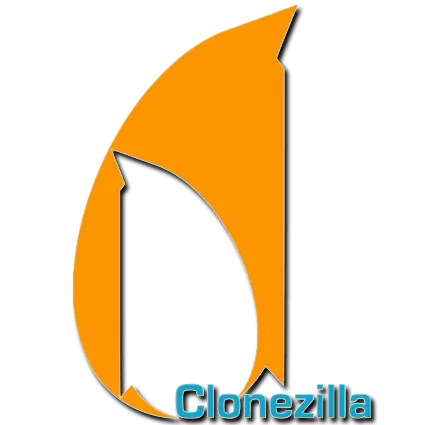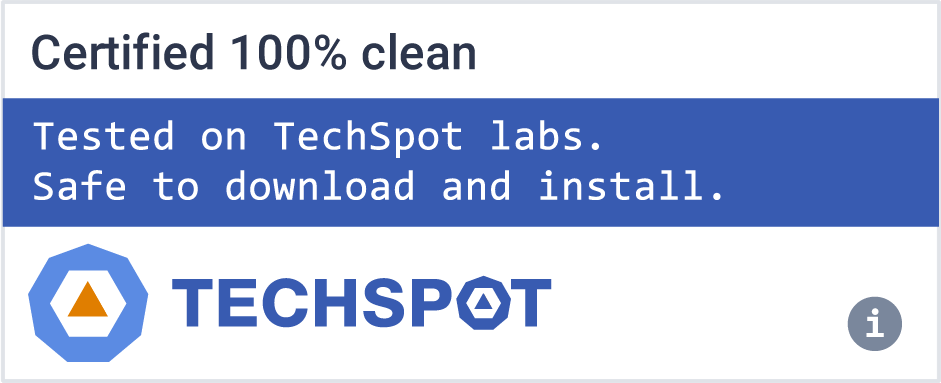Clonezilla is a partition and disk imaging/cloning program similar to True Image® or Norton Ghost®. It helps you to do system deployment, bare metal backup and recovery. Three types of Clonezilla are available, Clonezilla live, Clonezilla lite server, and Clonezilla SE (server edition). Clonezilla live is suitable for single machine backup and restore. While Clonezilla lite server or SE is for massive deployment, it can clone many (40 plus!) computers simultaneously. Clonezilla saves and restores only used blocks in the hard disk. This increases the clone efficiency. With some high-end hardware in a 42-node cluster, a multicast restoring at rate 8 GB/min was reported.
Features
- Free (GPL) Software.
- Filesystem supported: (1) ext2, ext3, ext4, reiserfs, reiser4, xfs, jfs of GNU/Linux, (2) FAT, NTFS of MS Windows, (3) HFS+ of Mac OS, (4) UFS of FreeBSD, NetBSD, and OpenBSD, and (5) VMFS of VMWare ESX. Therefore you can clone GNU/Linux, MS windows, Intel-based Mac OS, and FreeBSD, NetBSD, and OpenBSD, no matter it's 32-bit (x86) or 64-bit (x86-64) OS. For these file systems, only used blocks in partition are saved and restored. For unsupported file system, sector-to-sector copy is done by dd in Clonezilla.
- LVM2 (LVM version 1 is not) under GNU/Linux is supported.
- Grub (version 1 and version 2) is supported.
- Unattended mode is supported. Almost all steps can be done via commands and options. You can also use a lot of boot parameters to customize your own imaging and cloning.
- Multicast is supported in Clonezilla SE, which is suitable for massively clone. You can also remotely use it to save or restore a bunch of computers if PXE and Wake-on-LAN are supported in your clients.
- The image file can be on local disk, ssh server, samba server, or NFS server.
- Based on Partclone (default), Partimage (optional), ntfsclone (optional), or dd to image or clone a partition. However, Clonezilla, containing some other programs, can save and restore not only partitions, but also a whole disk.
- By using another free software drbl-winroll, which is also developed by us, the hostname, group, and SID of cloned MS windows machine can be automatically changed.
Minimum System Requirements for Clonezilla live:
- X86 or x86-64 processor
- 196 MB of system memory (RAM)
- Boot device, e.g. CD/DVD Drive, USB port, PXE, or hard drive
Limitations:
- The destination partition must be equal or larger than the source one.
- Differential/incremental backup is not implemented yet.
- Online imaging/cloning is not implemented yet. The partition to be imaged or cloned has to be unmounted.
- Software RAID/fake RAID is not supported by default. It's can be done manually only.
- Due to the image format limitation, the image can not be explored or mounted. You can NOT recovery single file from the image. However, you still have workaround to make it, read this.
- Recovery Clonezilla live with multiple CDs or DVDs is not implemented yet. Now all the files have to be in one CD or DVD if you choose to create the recovery iso file.
License:
Clonezilla itself is licensed under the GNU General Public License (GPL) Version 2. However, to run Clonezilla, a lot of free and open source software, e.g. the Linux kernel, a mininal GNU/Linux OS, are required.
What's New
This release of Clonezilla live includes major enhancements and bug fixes.
Enhancements and Changes
- The underlying GNU/Linux operating system was upgraded. This release is based on the Ubuntu Plucky Puffin (25.04) repository (as of 2025/May/04).
- Linux kernel was updated to 6.14.0-15.15.
- Partclone was updated to 0.3.36.
- Added packages libfsapfs-utils, usb-modeswitch and fscrypt in Clonezilla live system.
- Added new program ocs-find-live-key & updated ocs-put-log-usb so that it can copy the log files even when Clonezilla live USB drive is used in "To RAM" mode. It will find the USB key that: (1) is vFAT file system and (2) contains the file "Clonezilla-Live-Version", then it will be treated as Clonezilla live USB drive.
- ocs-live-repository: added dev=///OCS_LIVE_USB so that the Clonezilla live USB drive can be assigned as the image repo, especially when Clonezilla live USB drive is booted in "To RAM" mode. The Clonezilla live USB drive has to be vFAT file system since it's used to boot in both uEFI and MBR mode. Hence it is not a good choice for image repo since vFAT file system has many restrictions. Better to use UUID or LABEL to assign the image repo.
- Improved the saving dialog menu and prompt.
- Added a mechanism to mitigate the random order of block devices. It can be enabled by adding the boot parameter "ocs_1_cpu_udev", i.e., when udev is started in initramfs, only 1 CPU is online. After that, all CPUs will be enabled.
- drbl-ocs.conf: enabled btrfs support in drbl-ocs.conf since Partclone has been updated to 0.3.36 which supports btrfs v6.13.
Bug Fixes
- Disabled devices list cache mechanism since blkid is run too many times that makes program run slowly.

